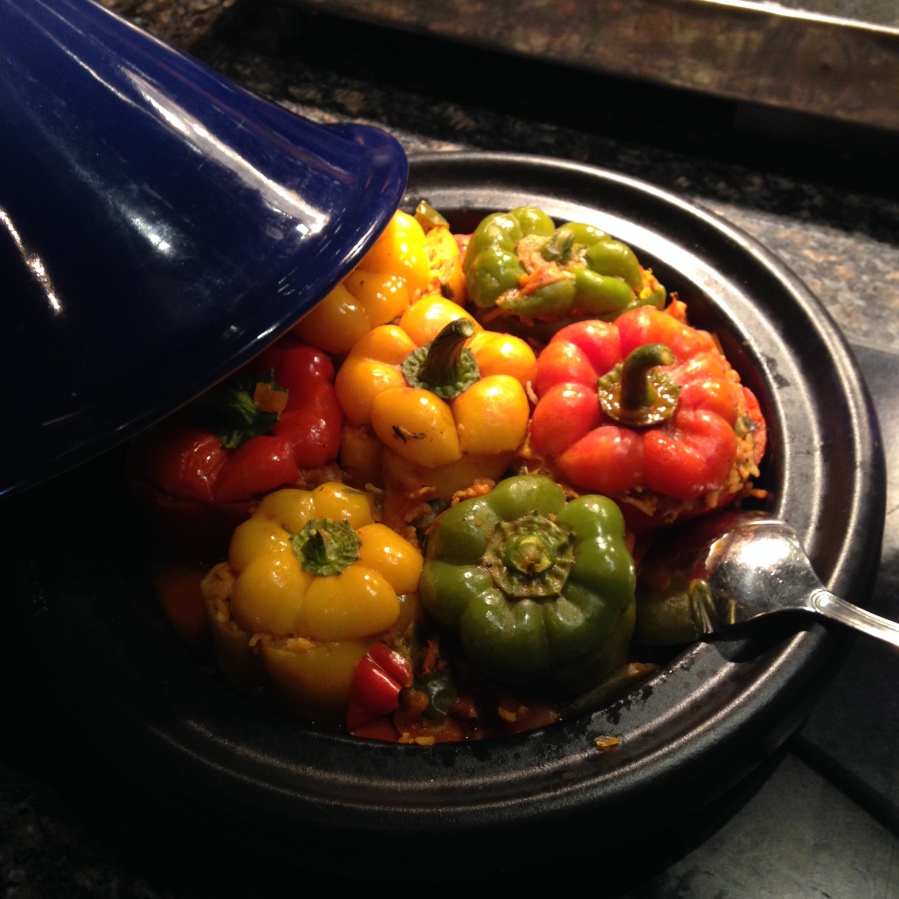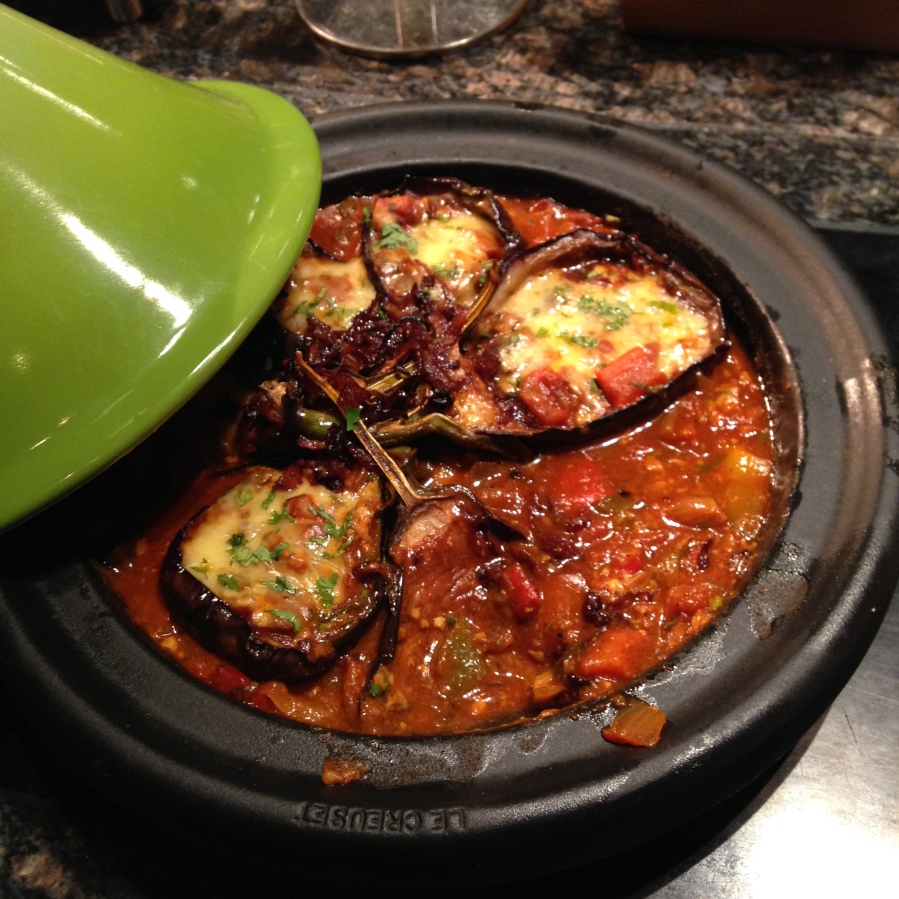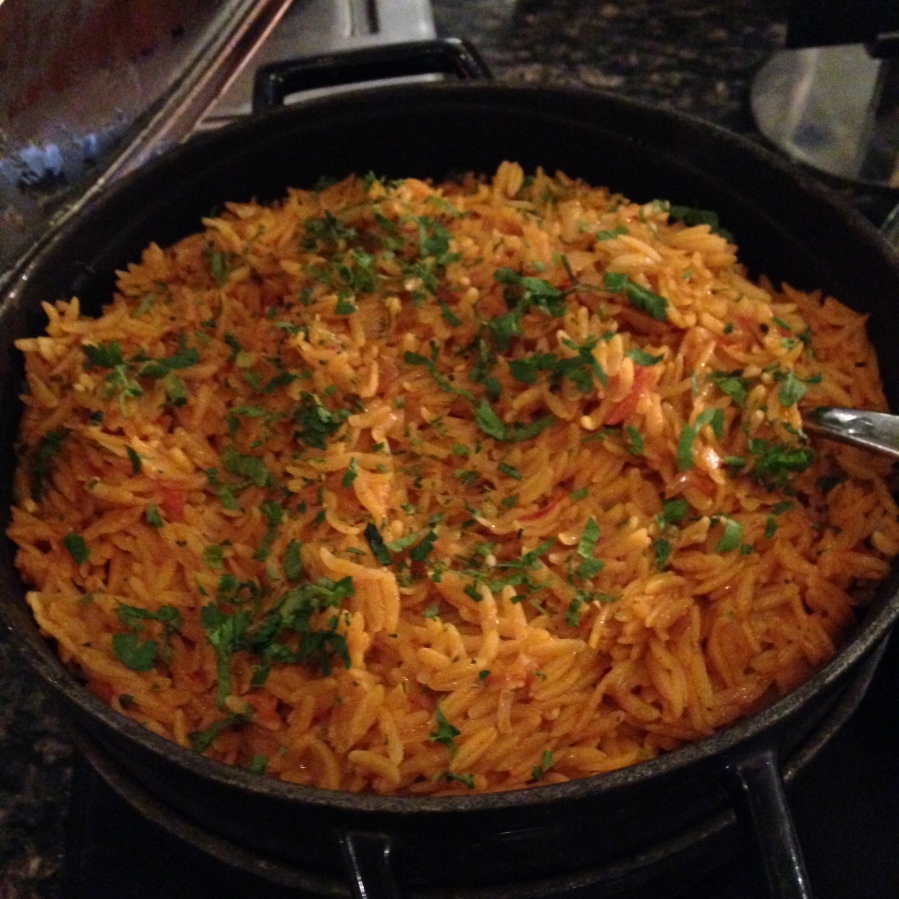We were at Fifty Five East for the Moroccan Food Festival with Chef Kenza Fatahir from Grand Hyatt, Qatar. She has been with Hyatt since 2006. She is here at Fifty Five East, Grand Hyatt, Mumbai, showcasing the delectable flavours of Morocco. We spoke about different kinds of Tagines, how they are made, and the spices that are used that make it unique and delicious. We feel that it was the simplicity of flavours and the use of right amount of spices that made it an evening to remember. With its unique flavours, there’s nowhere else in this city that you’d be able to sample Moroccan fare that’s anywhere nearly as good.
Here are a few excerpts of our tête-à-tête –
CPL: How different is Moroccan food from other Mediterranean food?
Chef Kenza: “Moroccan food is a balance of salt and sugar, usually non-veg. We don’t have many vegetarian dishes in Morocco. Vegetables are cooked along with meat and they are made to taste very delicious. Moroccan cuisine has a lot of spices, there is a spice blend made of 19 spices called Marosia. A lot saffron, pure ghee and olive oil are used in Moroccan cuisine. Apart from that, there’s ginger, garlic, coriander, parsley, cinnamon and almond that are among other must-haves in every Moroccan kitchen. Tagine is used for most of the dishes prepared and I am glad people in Mumbai are enjoying it.”
CPL: Please tell us more about Tagines.
Chef Kenza: “Traditionally Tagines are used for slow cooked food. Traditionally, I would have to start cooking it at 9am to have a meal at 12pm-1pm, but we won’t be able to do that at a hotel set up, so we use Tagines only to serve. Tagines can be made with Chicken, Lamb, Pigeon and Seafood. Use of the right spices and technique bring out true flavours of the dish.”
CPL: Could you tell us what kinds of Tagines have you made especially for this food festival?
Chef Kenza: “We have made Cous Cous Seffa, Kabab Maghdour, Lamb Tagine and Prawns Tagine. I created vegetarian Tagines especially for our vegetarian guests. We have Capsicum Tagine, Green Peas Tagine, Eggplant Tagine with Cheese. Adding cheese to the dish makes it a little Italian but the guests love it and we want everyone to enjoy their meal.”
We missed the Cous Cous as Chef Kenza said she had made Cous Cous Seffa the previous day and wanted variety in the dishes on the buffet, so that there was a new set of dishes for each day. Interestingly, she said that cous cous is eaten with your fingers. If there was one Tagine dish that stood out from the rest; it was the Lamb Tagine. Succulent lamb shanks cooked in a saffrony onion gravy topped with French fries. Chef Kenza told us that saffron was one of the main ingredients used in the dish. She said she brought her personal stash of saffron for that dish as one wouldn’t get that kind of quality here. Also, the ghee that is used in Morocco is very different from the ghee that is available in India. Its bright yellow in color and tastes like blue cheese. The lamb shanks were slow cooked and fell right off the bone and we loved dunking the fries in the luscious gravy. It was really good.
Chef Kenza spoke about how fish Tagines were made. She said, “Sardines stuffed with garlic, coriander and parsley makes are very delicious Tagine. It is only in a fish Tagine that Paprika is used; otherwise Paprika is never used in Moroccan cuisine.”
The vegetarian Tagine dishes were served with Orzo pasta. We wished there were meat balls to go with the pasta but the chicken and lamb skewers made up for it. The lamb skewer was brilliant. It was subtle with flavours and grilled to perfection. We could actually savour the flavour of the meat. Chef Kenza mentioned that in Morocco lamb or chicken kebabs are served in a Tagine with gravy and topped with eggs. We had the Kabab Maghdour, a definite must have as it was kabab on steroids. It was rich and absolutely delicious.
CPL: Please tell us any other Moroccan dishes that you have added to the buffet menu
Chef Kenza: “I have added Moroccan salads, olives and spring rolls.”
CPL: And We really like the ‘Spring Rolls’… even though Moroccan Cuisine doesn’t have ‘Spring Rolls’
Chef Kenza: “Actually it’s called Briouat in Morocco but since spring rolls is familiar as a dish, I have called them that so that it’s easier for people to understand what to expect. Briouat are triangular or cylinder-shaped savory or sweet pastry covered with warqa (paper thin Morocco dough)”
We loved the Briouats on the buffet menu. There were two – one shaped like a samosa and the other like a money bag. The triangle Briouat was filled with minced lamb. Delicate, yet flavourful. The money bag shaped Briouat had a cream cheese filling. Very creamy and rich. We loved it.
CPL: Are salads an integral part of Moroccan cuisine?
Chef Kenza: “In Morocco, salads are eaten with meals, either cold or warm. I have made Chakchuka, an onion+capsicum+tomato+sugar preparation; but I had to add chillies too as guests like it a bit spicy. You will see pickled vegetables on display which are eaten with our meals, especially lemons. They are pickled in salt, garlic, bayleaf and kept for 1 year and then eaten. The Salad platter that I have added in the buffet is a classic example of what is served in every household. Everyone eats in one big plate and uses their hands for eating. The Salad Platter has cooked potatoes, beetroot and carrots tossed in spices; it also has cucumber, corn and a side of rice. It has olives also that are used as a garnish.”
CPL: We haven’t seen any dish that has rice in it besides the salad, isn’t rice a part of Moroccan cuisine like our cuisine.
Chef Kenza: “No, rice is only used as a side dish. It’s not used as a main dish like how Indians eat rice. If you noticed, the rice served with the salad has cream cheese and parsley. In Morocco, people add orange or lemon juice, tuna or boiled eggs, coriander and parsley to rice and serve it as a side dish. It’s very delicious. If you saw the olives at the salad counter, they are tossed in spices. It’s called Zitun Mu Shermal and there are about 50 kinds of olive preparations like that.”
We also had the hearty Harira Soup, which tasted very similar to a Minestrone Soup. It’s made with tomatoes and beans, it had chickpeas and vermicelli. Tasted really yummy. We had it with the Moroccan flat bread called Khobz.
There is one Moroccan delicacy that is prepared on special occasions and it was one of the best dishes that evening. It was an unusual combo of sweet and savoury. Pastilla is a kind of stuffed pastry. Warqa- the thin Moroccan pastry sheet is stuffed with minced meat and almonds and garnished with powdered sugar and toasted almond. It was flaky and crispy on the outside and juicy and flavourful on the inside. Just loved it.
CPL: What other dishes can guests expect during this food festival?
Chef Kenza: “We will have lamb or chicken carvings in a few days. The Chicken M’Hammar, which is whole chicken cooked and served with some gravy, calamata olives, walnuts, prune and vermicelli. We are also looking at cooking a whole rack of lamb.”
We can only imagine how uniquely flavoured these dishes would be.
We missed Moroccan dessert. Chef Kenza said it was difficult to replicate the taste with Indian products hence she didn’t want to take a chance. She did explain how important dessert is, in Moroccan cuisine. In Morocco, guests are welcomed with a glass of milk that has rose water and dates which are stuffed with walnuts and almond. Dessert, which is also called Halwa, is often served with mint tea and served before the meal. Traditionally there are small cake like cookies that are stuffed with walnut, almond and pine-nut. These cookies are very rich and can be quite expensive to make. Kaab el Ghazal and Fekkas are few of her favourite cookies.
We had an amazing time chatting with Chef Kenza and tasting some truly wonderful Moroccan dishes. It is really worth trying. We ended our meal with waffles that were drizzled with maple syrup and topped with whipped cream. We even tried a few French desserts form the Fifty Five East dessert counter. Chocolate Mousse, a delicious Red Velvet pastry, a yummy Fig Tart and a piece of cake drizzled with dark chocolate. Good Stuff.
The Moroccan Food Festival held at Grand Hyatt, Mumbai is on till the 23rd of September, 2015. It is a part of the multi cuisine buffet at Fifty Five East, priced at Rs. 1900/- plus taxes on weekdays for lunch and Rs 2150/- plus taxes for dinner.
If you like Mediterranean food, make it a point to go to this Moroccan Food Festival. With its unique flavours, there’s nowhere else in this city that you’d be able to sample Moroccan fare that’s anywhere nearly as good.















